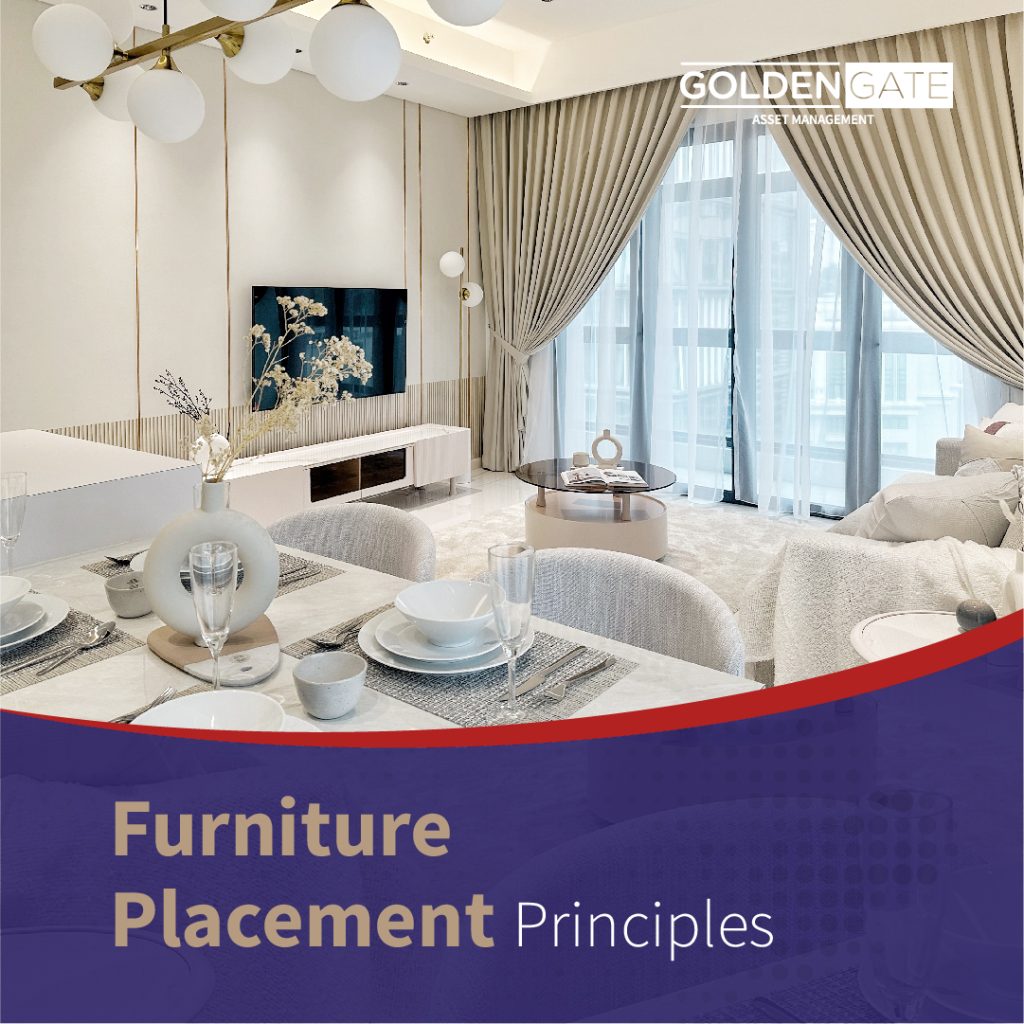
There are seven fundamental principles of interior design: balance, harmony, rhythm, proportion and scale, emphasis, contrast, and details. These principles can be applied to any room in your home, from the living room to the bathroom.
- Harmony: Harmony is achieved by coordinating objects and colors in a space to create a sense of integrated design. It involves ensuring that all elements work together cohesively around a theme or style. This can be achieved through furniture grouping, color and texture coordination, and the creation of a focal point.
- Rhythm: Rhythm in interior design is created through the repetition, progression, transition, or contrast of visual elements. It directs the viewer’s attention and enhances the overall impression of the room.
- Proportion and Scale: Proportion and scale ensure that objects in a room are in balance with each other and the space. It involves considering the size, shape, form, and color of objects and their relationship to one another. The Golden Ratio, a formula used by the Greek ancients, can be applied to create pleasing proportions.
- Balance: Balance refers to the distribution of furniture and decorative objects in a room to create visual equilibrium. It involves considering the placement of elements based on their line, shape, color, and texture. There are three types of balance: formal, informal, and radial.
- Contrast: Contrast can be created through the use of color, texture, pattern, and scale. It adds visual interest and helps define spaces. However, it is important to strike a balance and avoid overwhelming the room with too much contrast.
- Details: Attention to detail is essential to add the finishing touches and personalize a space. It allows you to showcase your unique style and interests.
- Emphasis: Emphasis is the use of an accent, such as color, component, texture, or pattern, to draw attention to a specific area or focal point in a room. It helps create a visually interesting and cohesive space.
By applying these principles, you can create a well-designed and harmonious interior space that reflects your personal style.

